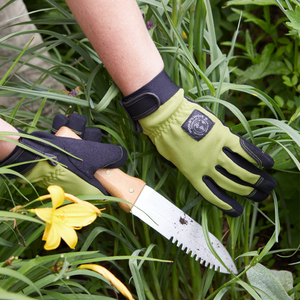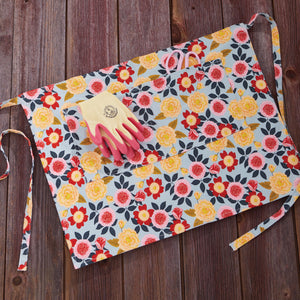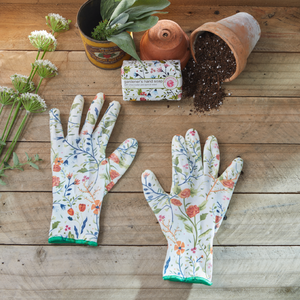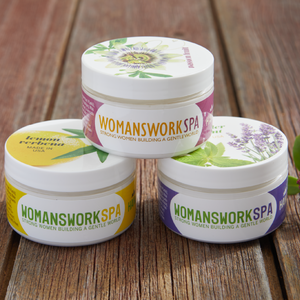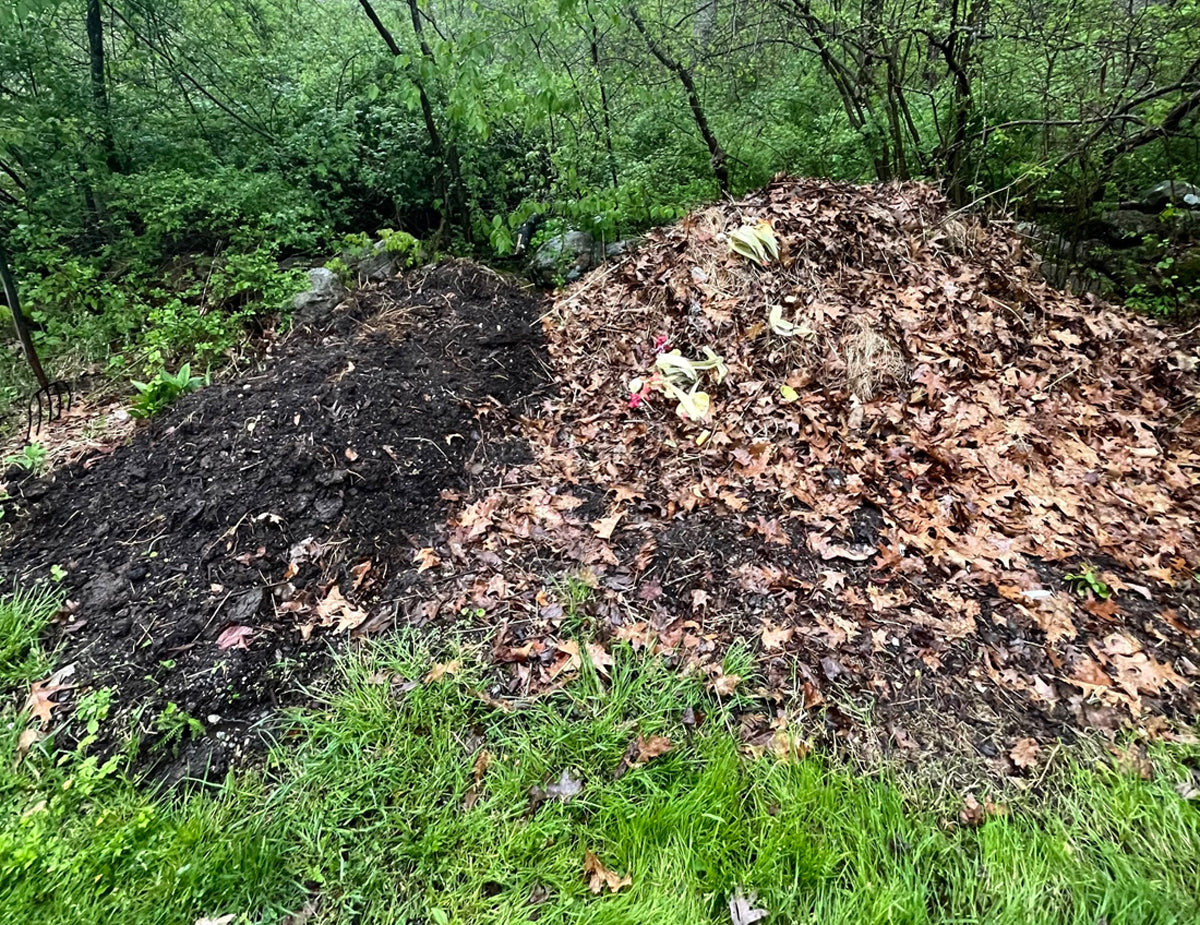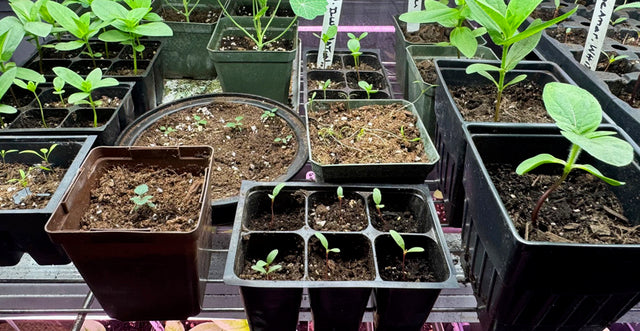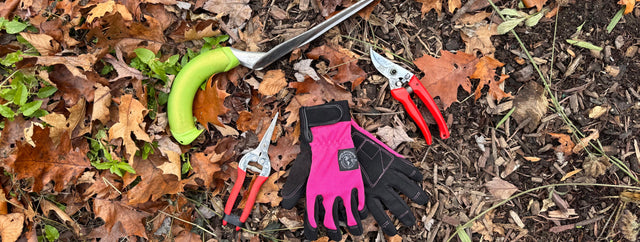Every year the first full week in May is designated International Compost Awareness Week (ICAW). It was started by the Compost Research & Education Foundation and designed to educate the public about the benefits of composting at home, and to foster scientific research about commercial scale composting for farms and municipalities.
For the home gardener there are some do's and don'ts with composting. Here are 7 of them:
- Do get in the habit of saving your raw vegetable scraps in a container in the kitchen. Womanswork's new president, Heather Cameron Hall, who is English, says with a smile "every respectable English family has a container for scraps in their kitchen." A large percentage of waste in our landfills is made up of discarded food, which contributes to the release of methane into the atmosphere. If we all saved our kitchen scraps this problem would be reduced. For added efficiency you can cut up your raw vegetables and crush eggshells before putting them in the bin.
- Do find a spot in your yard where it's a little shady to create your compost pile(s). If you live in a city find out the nearest place to drop off your kitchen waste for municipal composting. If you have a community garden nearby, find out if they will take your scraps.
- Don't put meat or dairy products in your compost pile at home because it will attract animals and rodents to your pile. With just organic matter such as vegetable scraps, lawn and garden clippings and dead leaves, it is far less attractive to wild animals.
- Don't put invasive plants or toxic plants like poison ivy in your compost pile. Any garden material that may have come in contact with pesticides or weed killers should also be avoided.
- Do create a pile for adding new material, then another pile next to it for the finished compost. Some gardeners make a third pile with the finished compost, and the one in between is for partially decomposed matter. The photo above shows Dorian's compost piles, with finished compost on the left.
- Do 'harvest' the compost from the 1st pile by turning the pile regularly with a pitchfork or shovel, and digging out what's at the bottom. Turning your pile will help with aeration which aids in decomposition. Water your pile if it gets too dry.
- Do be sure your pile has 'brown' ingredients, which include dead leaves, wood chips or straw, small dead branches, shredded paper; and 'green' ingredients, which include fruit and vegetable scraps, grass clippings and flowers. Brown ingredients are carbon rich and green ingredients are nitrogen-rich. Coffee, though brown in color, is considered a green ingredient. The optimal mix is 30:1, browns to greens.
For more information about compost education and research visit the Compost Research & Education Foundation's website. They have been in existence since 1992 and are based in Raleigh, NC.
 Heather's father in the UK uses wooden compost bins to keep his piles tidy.
Heather's father in the UK uses wooden compost bins to keep his piles tidy.
Find similar articles:
Presenting "The Curious Gardener"